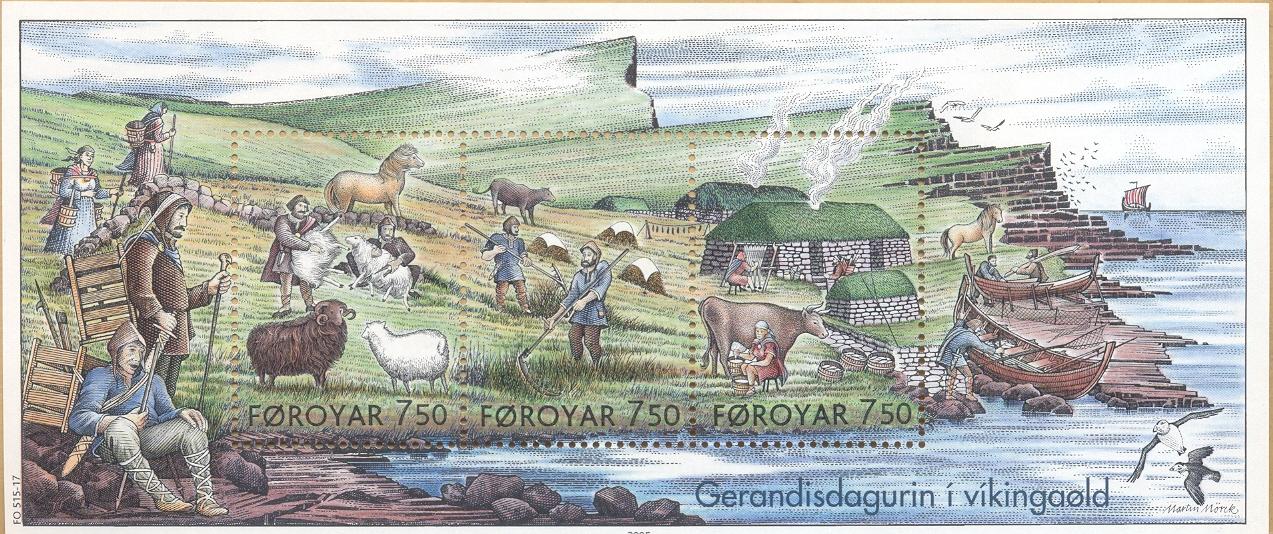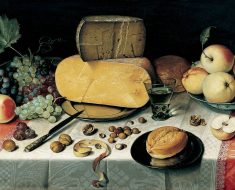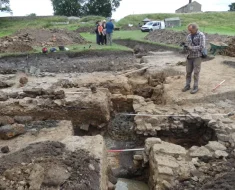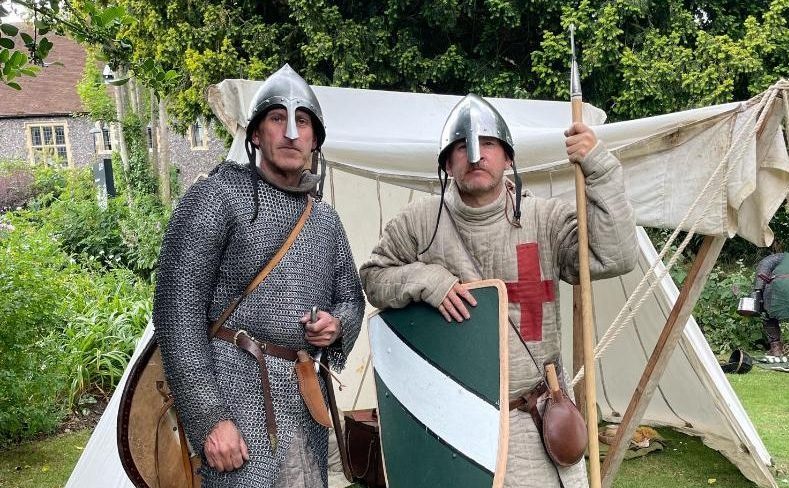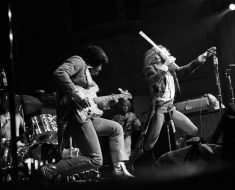The Vikings are most famously known for their seafaring ways, their longships, and their prowess in foot combat.
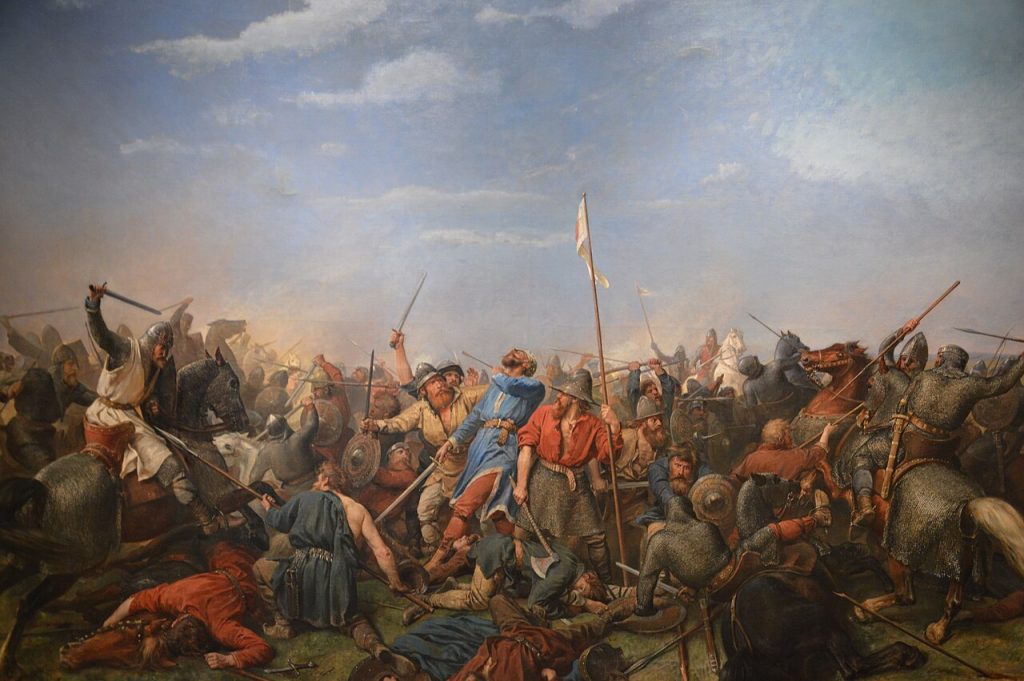
But when it comes to horses, their role in Viking society was often understated. Horses were not central to Viking warfare, yet they did have an important part to play in daily life, travel, and status. In the harsh terrain of Scandinavia, where travel by foot could be difficult, horses were essential for transportation.
Vikings used horses to move across the land, particularly for trade, travel between settlements, or even when preparing for raids. While longships were the primary method of travel for the Vikings, horses allowed them to cover land when needed, making them more adaptable and mobile in regions where the sea was not accessible.
Owning a horse in Viking society was also a mark of status. Wealthier chieftains and nobles were most likely to own horses, as they were expensive and required careful upkeep. For these individuals, horses were not only practical tools for travel but also symbols of wealth and power.
Horses were often associated with higher social classes, and their presence in Viking ceremonies underscored their importance to the elite. Though the Vikings were predominantly foot soldiers, horses did find their way into military activities.
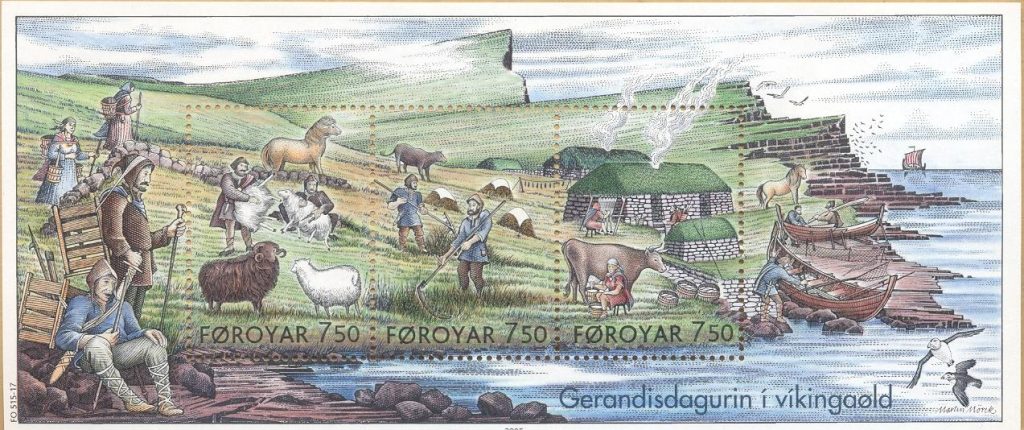
They were often used to transport soldiers to and from battle rather than for direct combat. Unlike some cultures with established cavalry forces, the Vikings did not rely on horses in battle, preferring to fight on foot.
However, in some cases, horses were used to gain a tactical advantage in battles or raids, enabling the Vikings to cover ground quickly and effectively. Aside from their role in warfare, horses were also useful in everyday life. The Vikings used horses for agriculture, helping to pull ploughs and transport goods.
These sturdy, smaller horses were well-suited to the difficult landscapes of Scandinavia and were crucial to Viking rural life. While horses were not the focus of Viking military strategy, they were undoubtedly valuable in many aspects of Viking society.
They helped with transportation, symbolised wealth, and provided support in agriculture and even the military. Though they did not overshadow the Vikings’ seafaring legacy, horses played a supporting role in a world that balanced life on land and sea. Ultimately, the Viking horse was a versatile companion…practical, symbolic, and an integral part of their way of life…just not as much as longships!
